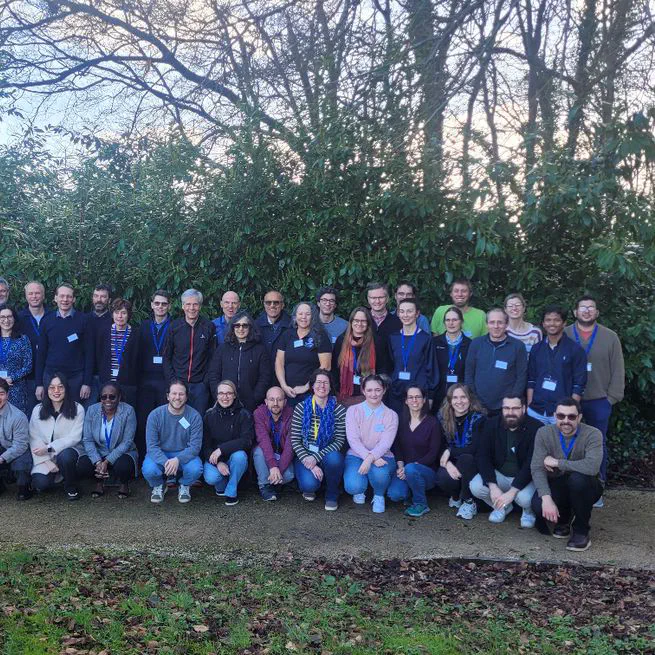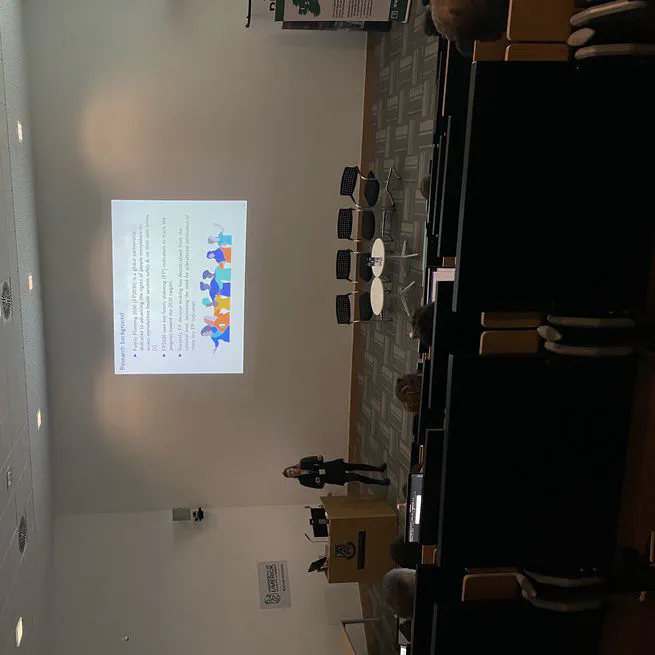Engaging the private sector in contraceptive supply is crucial for equitable healthcare. Subnational data on where women access contraceptives is essential but scarce, with poor data availability hindering decision-making in some countries. We propose a Bayesian hierarchical model to project subnational public and private contraceptive supply shares in low- and middle-income countries, addressing data scarcity. Drawing on previous work at the national level, this approach leverages spatial-temporal relationships to deliver nuanced estimates for policymaking and intervention evaluation.
Jul 14, 2025
Traditionally, productive agricultural grassland systems have been sown with a single grass species and managed using a high input of synthetic nitrogen fertiliser, which can be expensive and, when not managed correctly, ecologically harmful. However, recent research has shown that increasing the number of sown species from single-species monocultures to multi-species mixtures (three or more species, including a legume species) can promote yield production and reduce the reliance on fertiliser, thus improving the sustainability of the system. Most research into the relationship between species diversity and a response (such as yield production) in ecosystems has focused on the number of species as the primary driving component of diversity in the ecosystem. However, the proportions in which species are sown can be a strong driver of responses, in addition to the number. In multi-species mixtures, selecting species from varying plant groups with complementary symbiotic roles within the ecosystem can maximise resource use and increase outputs. While it is possible to control the proportions of different plant groups that are sown, these proportions may change over time as plant species compete against each other and some species or groups may not persist well. It is of interest to know how sown plant diversity and site-specific conditions, such as climate, impact on changes of plant proportions over time. Here, we report on the international multi-site LegacyNet experiment. At each of the multiple sites, a common field experiment was conducted where the initial sown proportions of up to six grassland species were manipulated across plots. The six species were categorised into three plant groupings, grasses, legumes, and herbs. One objective of the study was to evaluate the dynamics of these plant grouping proportions in yield production over time. Using a hierarchical Bayesian baseline logit-category model, we assessed how the initial sown species diversity affects the observed functional group proportions in grassland mixtures. This approach captures the complex nature of this experimental dataset, considers the spatial dependencies between sites, and provides an understanding of the drivers of plant groups proportions over time. We found that plant groups tended to remain relatively constant over time (e.g., 18 to 24 months), with estimates from single plant groups having larger associated uncertainty than multi-species mixtures proportions. We evaluated the dynamics of plant group proportions over a gradient of initial sown proportions, highlighting potential trends between different climate types. Lastly, we translated the results of this work into recommendations for future agricultural practices.
Mar 24, 2023

Using LegacyNet data and Bayesian statistical models, our approach considers how the degree to which realised functional group and species’ proportions deviate from sown proportions and change over the grassland ley duration, and how this is affected by sown species diversity and weather (average extreme minima and maxima temperatures and average precipitation for the defined time periods).
Mar 24, 2023

Assessing the longevity and sustainability of modern contraceptive availability and supply relies on quantifying the contributions of the public and private sectors to the method supply chain. In recent years, subnational estimation of the contraceptive supply share (public vs private sector) has become increasingly important as decision-making decentralises from the national level, making understanding variation across subnational regions (over time) essential for effective management of the contraceptive market. Large-scale national surveys, such as the Demographic and Health survey (DHS) provide valuable information for quantifying the contraceptive supply market. However, countries carry out a DHS approximately every 3-5 years, resulting in the need to bridge data gaps between survey years and project beyond the time of the most recent surveys. Using DHS microdata for 35 countries and 248 subnational regions, we develop a statistical model to produce a set of related contraceptive supply-share outcomes (proportion of modern contraceptive methods supplied by the public and private sectors) at the subnational level. The model builds on a national-level model which relies on P-splines and a geographical hierarchical structure to estimate the country, method-specific contraceptive supply share over time. This national model utilizes information about correlations between rates of change in method supply across all countries to help to inform supply-share estimates in the absence of data. However, disaggregating the model to the subnational level requires estimation of national-level correlations which poses a problem in data sparse settings when correlations cannot be estimated. To address this problem, we employ K-medoid clustering to cluster countries together using indicators of contraceptive prevalence and unmet need and replace national-level correlations with cluster-level correlations when required. Overall, the modelling approach offers an intuitive way to share information across subnational regions and countries and utilises information about relationships between rates of change in method-supply to inform and produce a set of estimates that reflect the subnational changes in the method-specific contraceptive supply share over time, while accounting for data uncertainties.
Oct 7, 2022